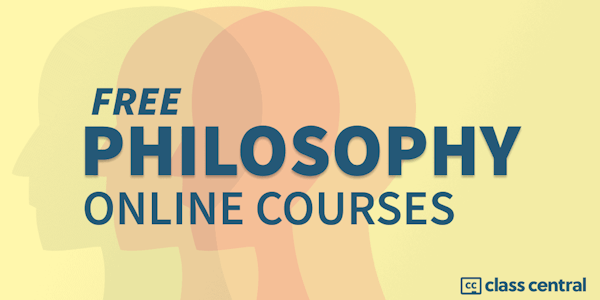1. Body and Mind:
Examine how a human being composed of body and mind is expressed in history and culture
1-1. Human and body
1-2. Body and mind reflected in history and culture
1-3. Body and mind in the movie ‘Sookhee’
1-4. Postmodernism: return to the body
2. Reason and Passion:
Examine how human reason and passion are understood and expressed in history and culture
2-1. I. Kant's philosophy and J. W. Goethe's literature
2-2. W. Shakespeare's tragedies
2-3. Ancient tragedies and F. Schiller's aesthetics
2-4. The movie 'Calmi Cuori Appassionati'
3. Anxiety:
Examine how human anxiety is understood and expressed in history and culture
3-1. Munch’s ‘The Scream’
3-2. Philosophical reflection on anxiety 1
3-3. Philosophical reflection on anxiety 2
3-4. Modern times and anxiety
3-5. Anxiety in modern art
4. Civilization and Body:
Examine how human body is oppressed in civilized societies
4-1. Civilization and modern times
4-2. Modern Essence: Walter Benjamin
4-3. The body in the movie ‘Modern Times’
4-4. May 1968 events in France and Body
5. Melancholia:
Examine how melancholia is understood and expressed in history and culture
5-1. What is melancholia?
5-2. Saturnus and melancholia 1
5-3. Saturnus and melancholia 2
5-4. A. Dürer’s melancholia
5-5. Melancholia in modern times
6. Death:
Examine how death is understood and expressed in history and culture
6-1. The case of the painting 'La Mort de Marat'
6-2. What is Death?
6-3. The case of the movie ‘Head-On’
6-4. Death in religion and philosophy
6-5. Death in the context of histoire des mentalités’
7. The Ontological Tragic – Premodern times:
Examine in detail the problem of why humans live in pain in history and culture
7-1. The ontological tragic in ancient tragedies
7-2. Existential philosophy and Literature of the absurd
8. Mid-term Exam
9. The Ontological Tragic – Postmodern times:
Examine in detail the problem of why humans live in pain in history and culture
9-1. The ontological tragic in modern art.
9-2. Existential philosophy and Literature of the absurd 1
9-3. Existential philosophy and Literature of the absurd 2
10. Laughter and Tears:
Explore the meaning of laughter and tears as anthropological factors
10-1. Laughter and tears as anthropological factors
10-2. Philosophical laughter theory
10-3. Laughter in Art
10-4. Crying in Art
11. Language and Silence:
Examine the relationship between language and silence
11-1. The relationship between language and silence
11-2. The case of universal argument
11-3. Speech and object
11-4. Silence as language
12. The Sublime:
Examine the relationship between the sublime emotion and human life.
12-1. What is Sublime?
12-2. The sublime emotion and human life
13. Holiness:
Examine the relationship between the feeling of holiness and human life.
13-1. What is Holiness?
13-2. The relationship between the feeling of holiness and human life.
14. Boredom and a Moment:
Examine the meaning of boredom influencing human life and the use of moments to overcome it (Boredom expressed in art/Boredom and a moment)
14-1. What is Boredom?
14-2. Modern times and Boredom
14-3. Boredom expressed in art
14-4. Boredom and a moment
15. Final Exam


